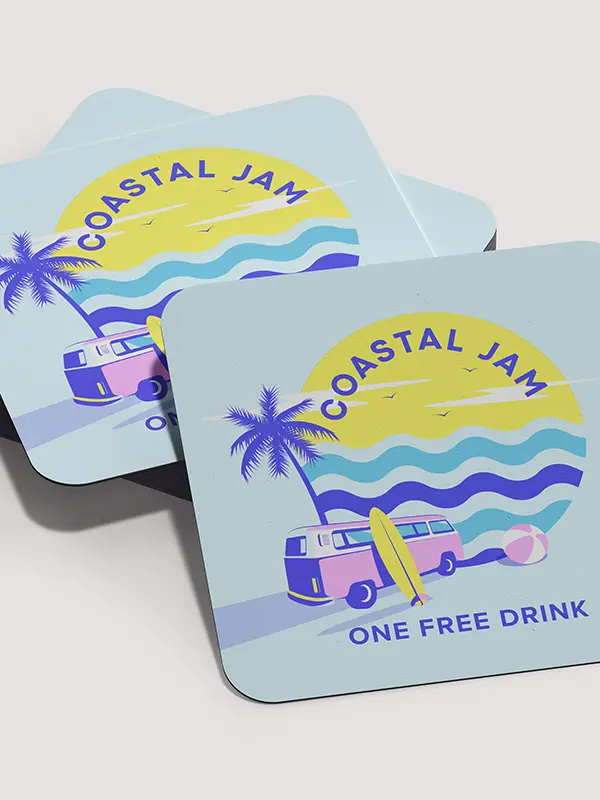SEO and Copywriting: Crafting Content that Ranks and Converts

The primary purpose of search engine optimisation copywriting, or SEO copywriting, is to rank relevant keywords on search engines. To do that, you must create content worthy of ranking on the first page of the SERP (search engine results page) and converts potential visitors into customers. However, with so many brands following content marketing strategy guides, it’s easy to get lost amid the competition. That’s why you need to know the best practices in SEO copywriting for a higher chance of standing out and ranking high on various search engines.
Read our SEO copywriting tips below when considering integrating SEO into your marketing plan. Use this SEO copywriting checklist to ensure better performance for your organic efforts.
Tip one: Use the most relevant keywords
The first thing you need to do is find relevant keywords to target. Special tools, such as the Google Keyword Planner or Ahrefs, help narrow down the best ones for your website. When choosing what keywords to use, consider if they’re relevant to your brand’s products or services and if your audience is more likely to search this when looking for similar services. You want your keywords to be related to your brand and product/service, so you can match your content to your audience’s search intent.
The search intent is what the user’s intention is when they search for a particular phrase or term. Google ranks relevant content higher, so your writing must match the keyword’s intent. An SEO copywriting example is when someone searches “how often should you wash your hair”, your content has to answer the intention and question behind that search to rank better under that query. The more relevant the website content, the higher your rank on the search pages.
Tip two: Write high-quality content with high readability
Of course, it’s not enough to simply have relevant keywords and content. Don’t forget, you’re not just writing to rank; you’re also writing to satisfy your readers. And since high-quality content tends to rank better, ensuring your writing informs and helps users is a win for your website and your audience.
With this, make sure you write good content that your readers will go back to. It has to be concise and straightforward, as well as unique and well-researched. Ensure the relevant keywords are seamlessly integrated into the copy to make it more natural to read. Lastly, keep your content separated by headers and sub-headers for better readability. Most people would find a massive wall of text tedious to read, so breaking them up with H1s, H2s, and H3s will make it easier to digest.
Tip three: Optimise metadata
Aside from the website content on the web pages, optimising the metadata on the SERP is essential. Your metadata is crucial in improving the click-through rate and brand awareness of your website. Metadata serves as a webpage preview before a user clicks your page, so it has to be optimised and well-written to get more views and clicks.
When writing effective metadata, include the page’s focus keyword(s) to inform users and Google what your page is about. Metadata has to meet a certain character length, so utilise a character-tracking tool to keep it at a certain number of characters to ensure nothing is cut off. Be sure to succinctly summarise the content or main gist of a webpage so that when users click, they get exactly what they read on the metadata preview. Lastly, include a call-to-action so users are more inclined to convert.
Tip four: Use call-to-action phrases (CTAs)
Speaking of calls-to-action (CTA), including these in your content can increase the chance for your audience to convert through your content. Phrases such as “Contact us”, “Book now”, “Shop here”, and more leading to a link where they can do what the CTA is persuading them to can make a huge difference in increasing your website conversions.
When writing the CTAs, you don’t need to limit yourself to just the metadata. You can also add it to the end of your homepage, the end of your article, etc. You can even scatter them throughout a page without being too spammy, as not everyone will read a page’s content from start to finish. Make sure they’re purposeful, though, and that you’re not just telling them to “Shop now” at a section of the content where it doesn’t fit.
SEO copywriting requires creative and technical skills, time, and patience before it can bear fruit and generate the desired results. But not everyone can develop those skills fast enough, and you may need some expert help in writing content that helps increase your ranking and conversions. At No Standing, our SEO copywriting services can help boost your website performance while delivering the best content for your audience. Chat with us, and let us guide you in your SEO copywriting requirements!







